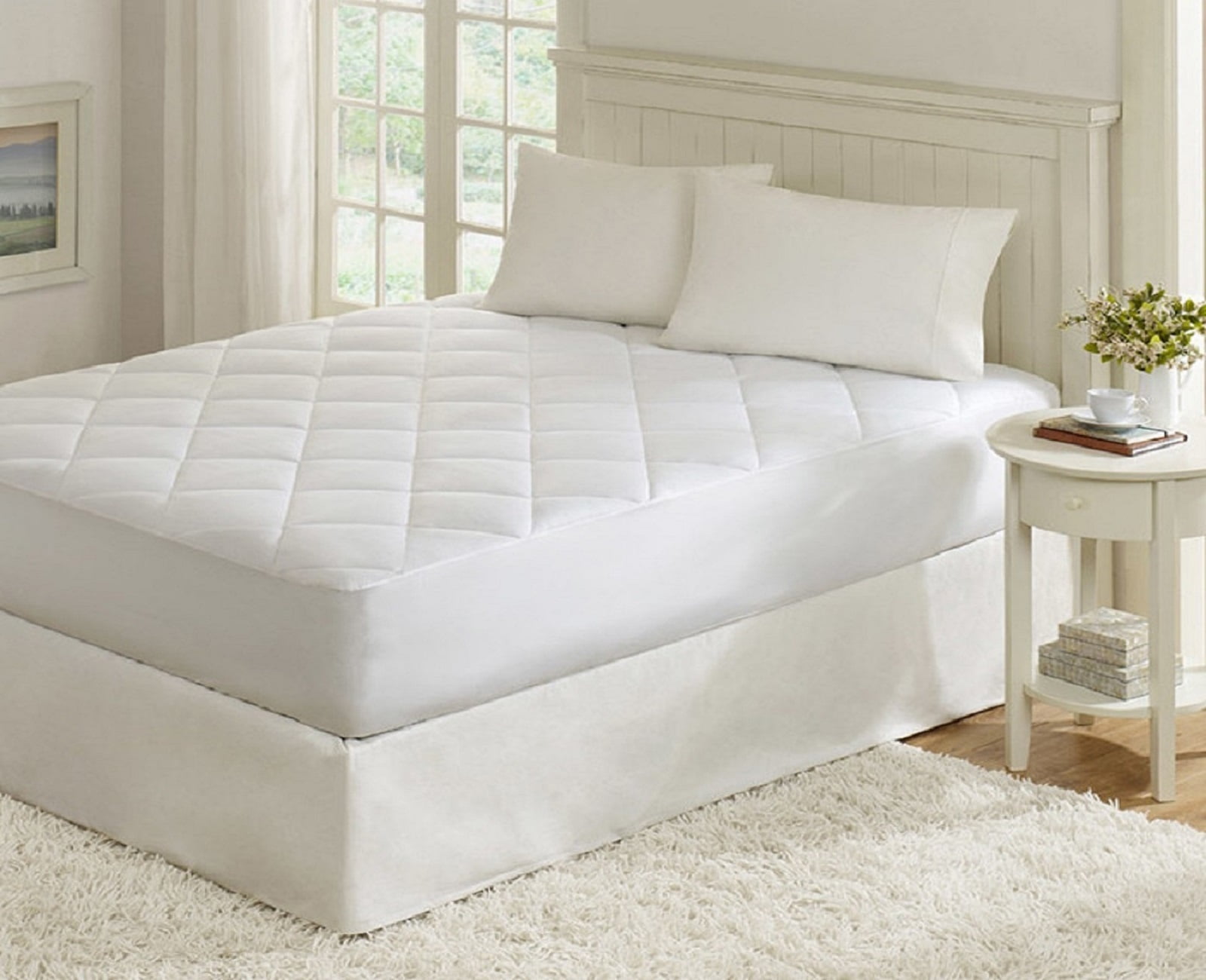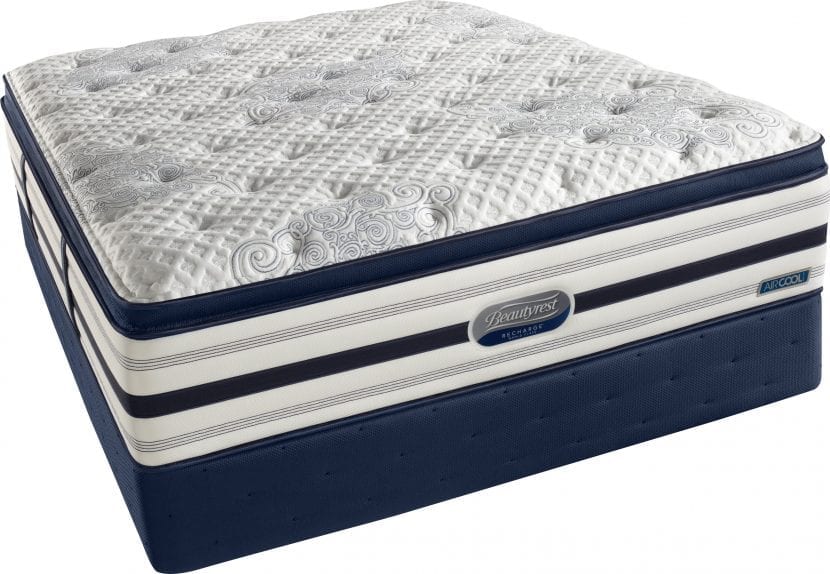The layout of a kitchen is one of the most important aspects to consider when designing your dream kitchen. It determines the flow and functionality of the space, making it crucial to get it right. Whether you have a small or large kitchen, it is essential to plan the layout carefully to ensure a smooth and efficient cooking experience. A well-designed layout will also make the kitchen look visually appealing and organized.1. Layout
A functional kitchen is one that is easy to use and meets all your cooking and cleaning needs. From the placement of appliances to the size of countertops and storage spaces, everything should be designed with functionality in mind. A well-designed kitchen should make cooking and meal preparation a breeze, and everything should be within reach to minimize movements and save time.2. Functionality
Storage is an essential element of kitchen design that is often overlooked. A kitchen with inadequate storage space can quickly become cluttered and chaotic. It is crucial to assess your storage needs and design a kitchen that offers enough storage for all your cooking equipment, utensils, and pantry items. This can include cabinets, drawers, shelves, and even hidden storage solutions to maximize space.3. Storage
Lighting is an integral part of any kitchen design as it not only sets the mood but also serves a functional purpose. Adequate lighting is essential for food preparation and cooking, and it can also highlight the design elements of the kitchen. Consider a combination of natural and artificial lighting to create a warm and inviting atmosphere in your kitchen.4. Lighting
The materials used in your kitchen can significantly impact its overall look and feel. From countertops to backsplash, cabinets to flooring, every material should be carefully chosen to achieve the desired aesthetic and functionality. Consider materials that are durable, easy to maintain, and complement each other for a cohesive look.5. Materials
The color scheme of your kitchen can greatly influence its ambience and style. Choosing the right colors can make a small kitchen appear bigger, add warmth to a large kitchen, or create a modern and sleek look. Consider the overall theme of your kitchen and choose colors that complement each other to create a cohesive and visually appealing space.6. Color
Safety should always be a top priority when designing a kitchen. From the placement of appliances to the materials used, everything should be chosen with safety in mind. Make sure to have proper ventilation, non-slip flooring, and child-proof features if needed. It is also essential to consider the safety of your cooking and cleaning processes to prevent accidents and injuries.7. Safety
A well-designed kitchen should be accessible to all, regardless of age or physical abilities. This includes ensuring enough space for wheelchair access, lower countertops for those who use wheelchairs, and easy-to-reach shelves and cabinets. Consider your own needs as well as the needs of your family members when designing the accessibility of your kitchen.8. Accessibility
In today's world, sustainability is a significant factor to consider in every aspect of life, including kitchen design. Choose energy-efficient appliances, eco-friendly materials, and incorporate sustainable practices in your cooking and cleaning processes. This not only helps the environment but also saves you money in the long run.9. Sustainability
Last but not least, the aesthetics of your kitchen are crucial in creating a space that you love and enjoy spending time in. Consider your personal style and the overall theme of your home when choosing the design elements for your kitchen. From modern and sleek to traditional and cozy, the possibilities are endless in creating a beautiful and functional kitchen.10. Aesthetics
The Importance of Proper Kitchen Design

Efficiency and Functionality
 When it comes to designing a kitchen, one of the most crucial factors to consider is efficiency. A well-designed kitchen should be functional and allow for easy movement and accessibility while cooking. This means strategically placing appliances, storage, and work areas to create a smooth workflow. By optimizing the layout of your kitchen, you can save time and effort, making your cooking experience more enjoyable.
Storage
is another essential aspect of kitchen design. A well-designed kitchen should have enough storage space to keep all your cookware, utensils, and ingredients organized and easily accessible. This not only makes cooking more efficient but also helps to keep your kitchen clutter-free and visually appealing.
When it comes to designing a kitchen, one of the most crucial factors to consider is efficiency. A well-designed kitchen should be functional and allow for easy movement and accessibility while cooking. This means strategically placing appliances, storage, and work areas to create a smooth workflow. By optimizing the layout of your kitchen, you can save time and effort, making your cooking experience more enjoyable.
Storage
is another essential aspect of kitchen design. A well-designed kitchen should have enough storage space to keep all your cookware, utensils, and ingredients organized and easily accessible. This not only makes cooking more efficient but also helps to keep your kitchen clutter-free and visually appealing.
Aesthetics and Comfort
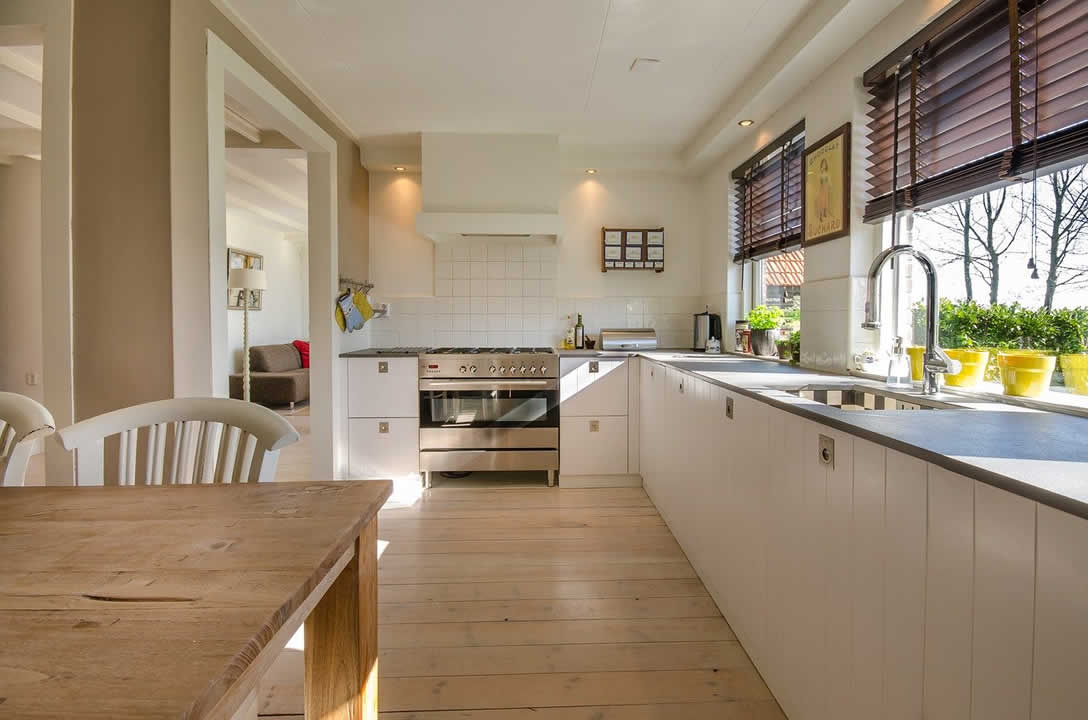 While functionality is essential, the aesthetic appeal of your kitchen should also be considered. The design elements of your kitchen, such as color scheme, lighting, and materials, can greatly impact the overall look and feel of the space. A well-designed kitchen should be visually appealing and create a welcoming atmosphere for cooking and entertaining.
Moreover,
comfort
is a key factor in kitchen design. Your kitchen should be a comfortable space to work in, with proper lighting, ventilation, and ergonomically designed work areas. By considering these aspects, you can create a kitchen that not only looks great but also feels comfortable and inviting.
While functionality is essential, the aesthetic appeal of your kitchen should also be considered. The design elements of your kitchen, such as color scheme, lighting, and materials, can greatly impact the overall look and feel of the space. A well-designed kitchen should be visually appealing and create a welcoming atmosphere for cooking and entertaining.
Moreover,
comfort
is a key factor in kitchen design. Your kitchen should be a comfortable space to work in, with proper lighting, ventilation, and ergonomically designed work areas. By considering these aspects, you can create a kitchen that not only looks great but also feels comfortable and inviting.
Personalization
 Every individual has their own unique cooking style and preferences, which is why personalization is an essential aspect of kitchen design. A well-designed kitchen should reflect the needs and preferences of the homeowner. This can include incorporating specific cooking methods, adding specialized appliances, or choosing materials and colors that align with your personal style.
Overall, a well-designed kitchen should balance efficiency, functionality, aesthetics, and personalization. By considering these principles, you can create a kitchen that not only looks great but also works well for you and your family. So, don't overlook the importance of proper kitchen design when planning your dream home.
Every individual has their own unique cooking style and preferences, which is why personalization is an essential aspect of kitchen design. A well-designed kitchen should reflect the needs and preferences of the homeowner. This can include incorporating specific cooking methods, adding specialized appliances, or choosing materials and colors that align with your personal style.
Overall, a well-designed kitchen should balance efficiency, functionality, aesthetics, and personalization. By considering these principles, you can create a kitchen that not only looks great but also works well for you and your family. So, don't overlook the importance of proper kitchen design when planning your dream home.

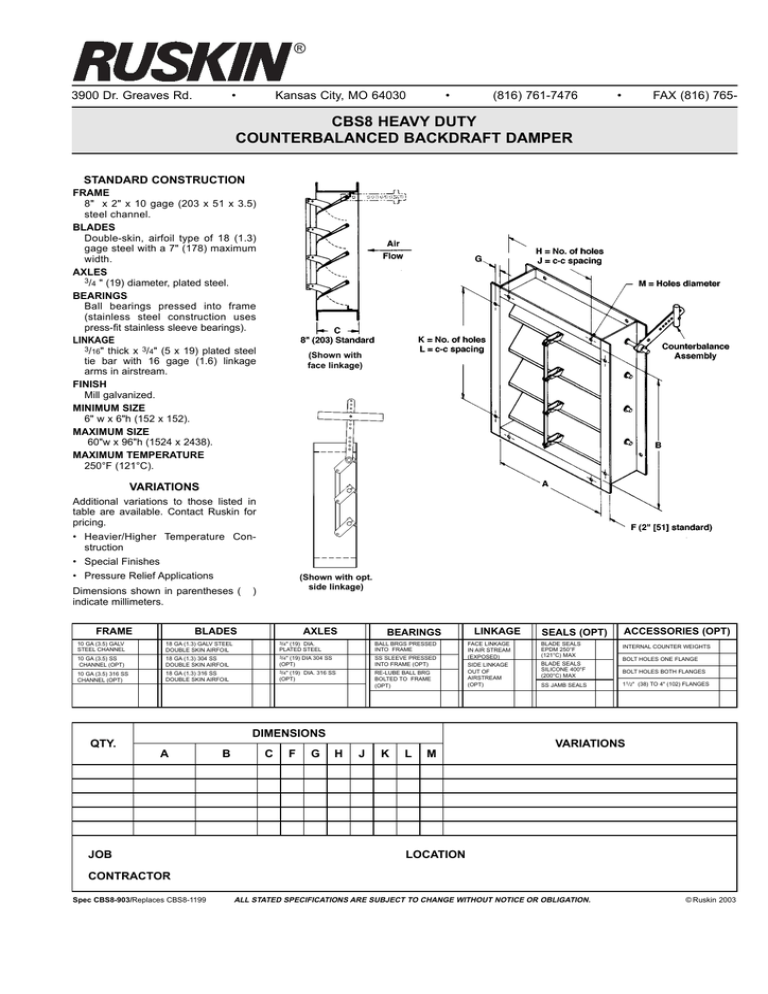








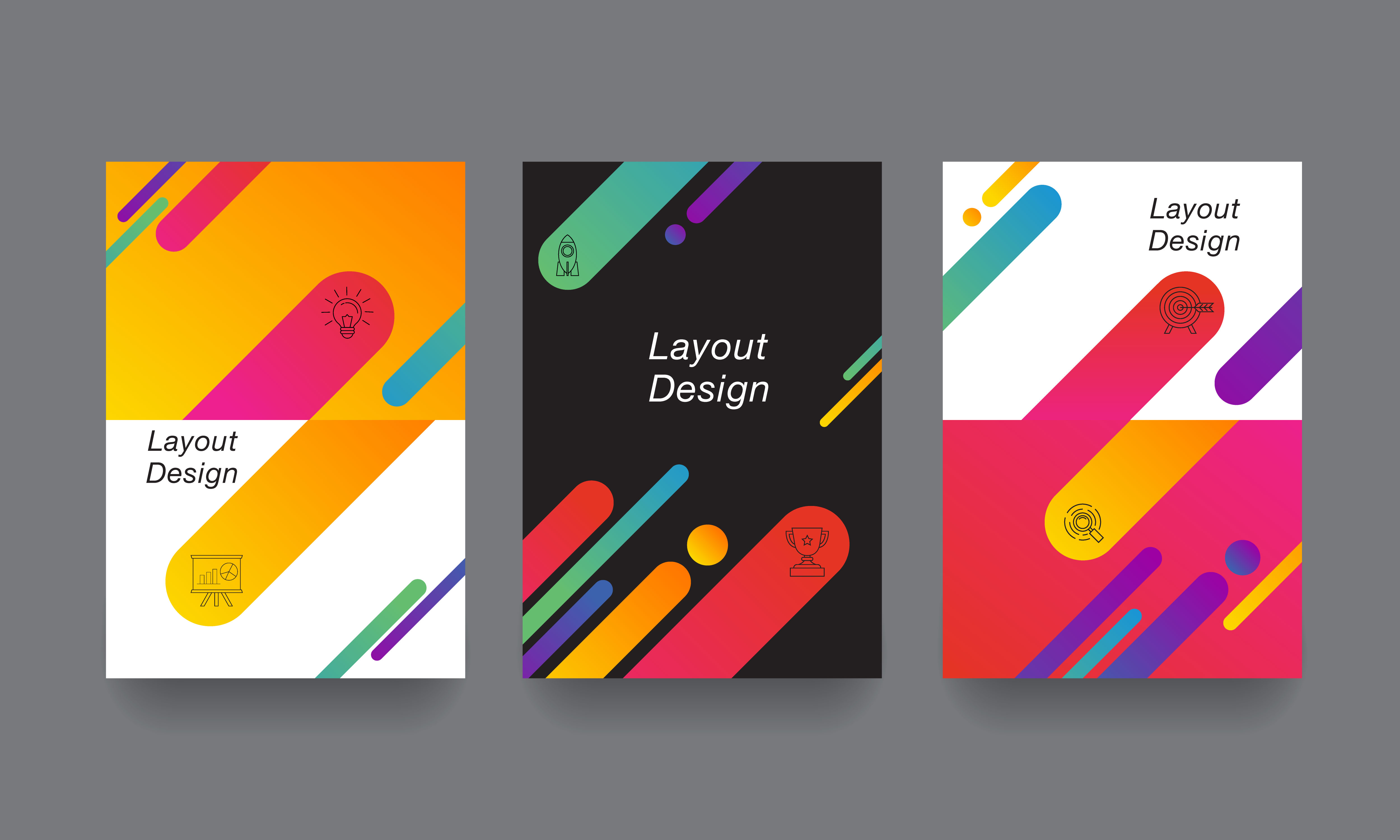


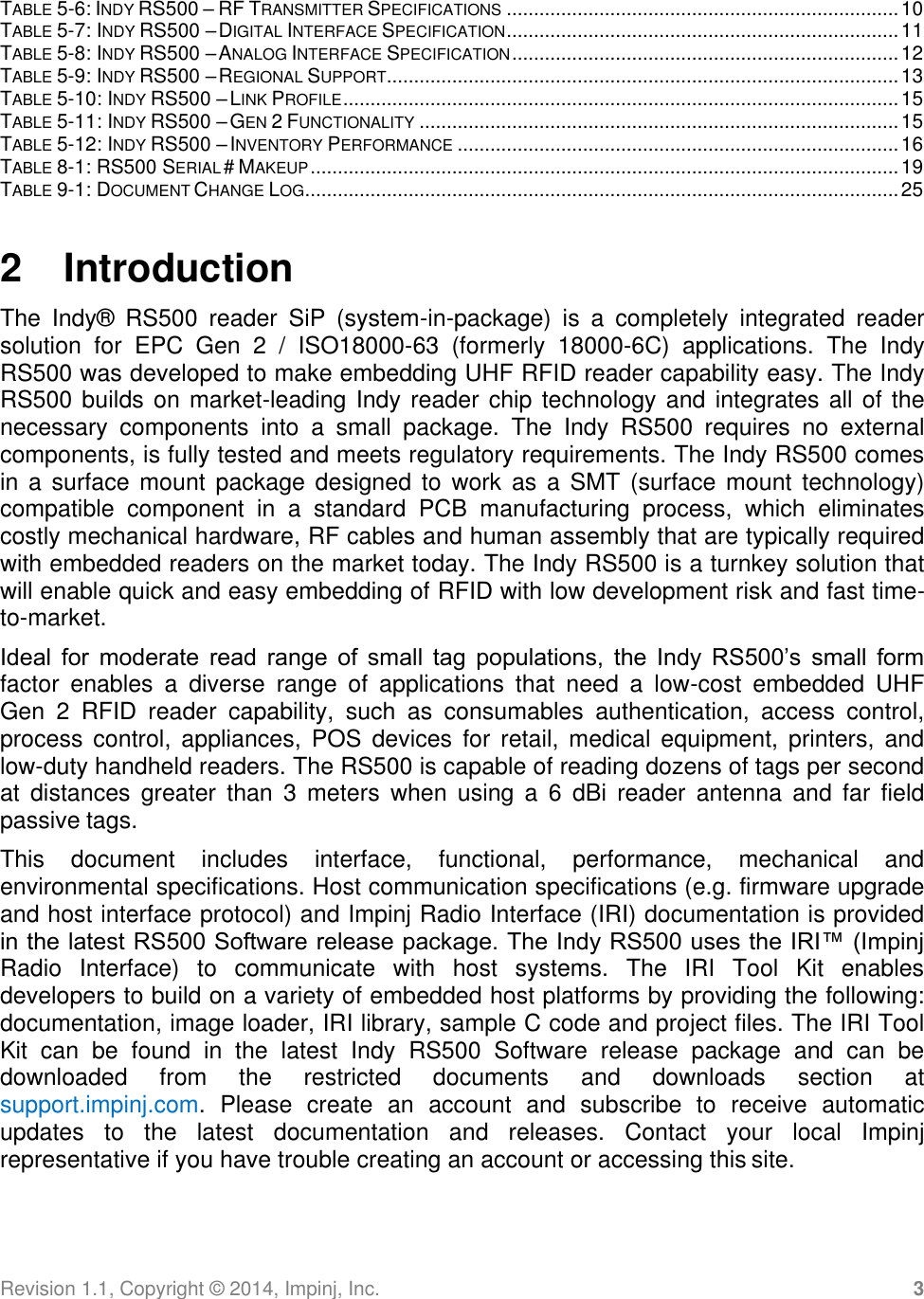

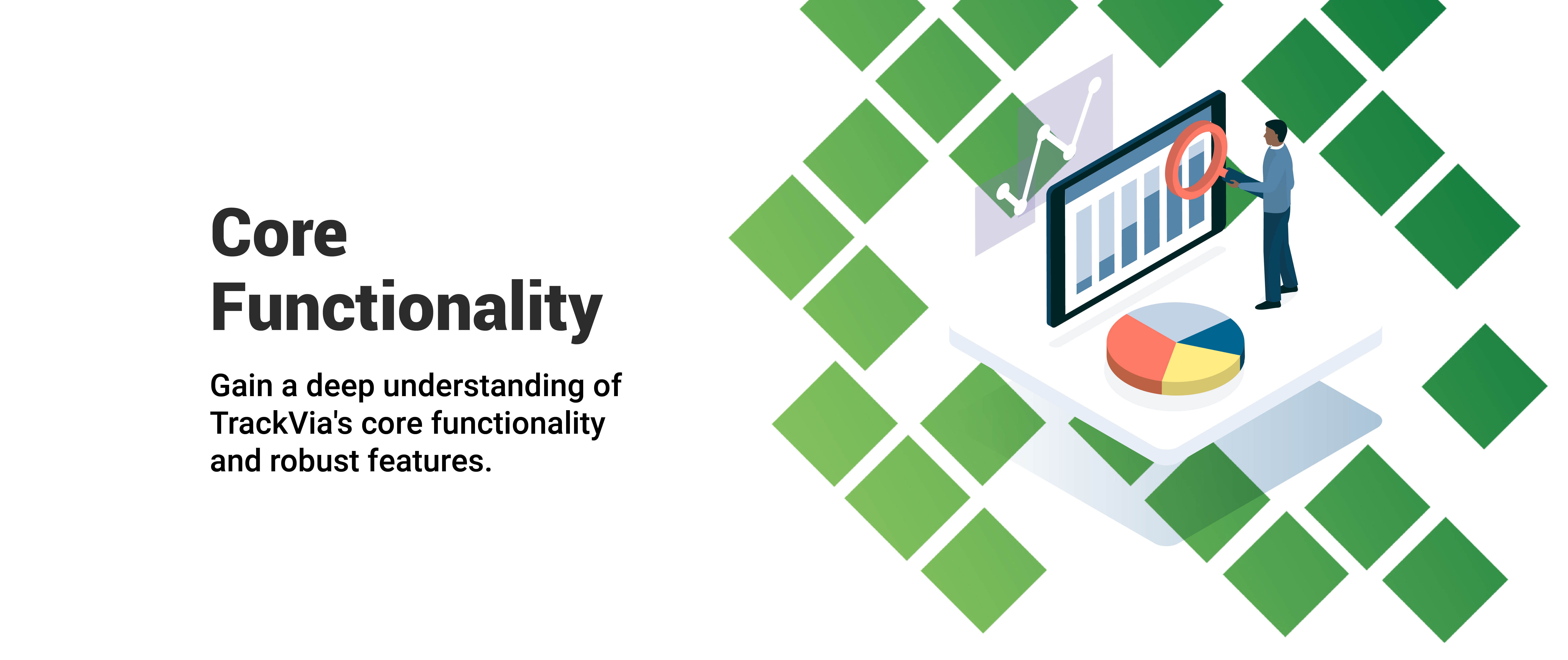






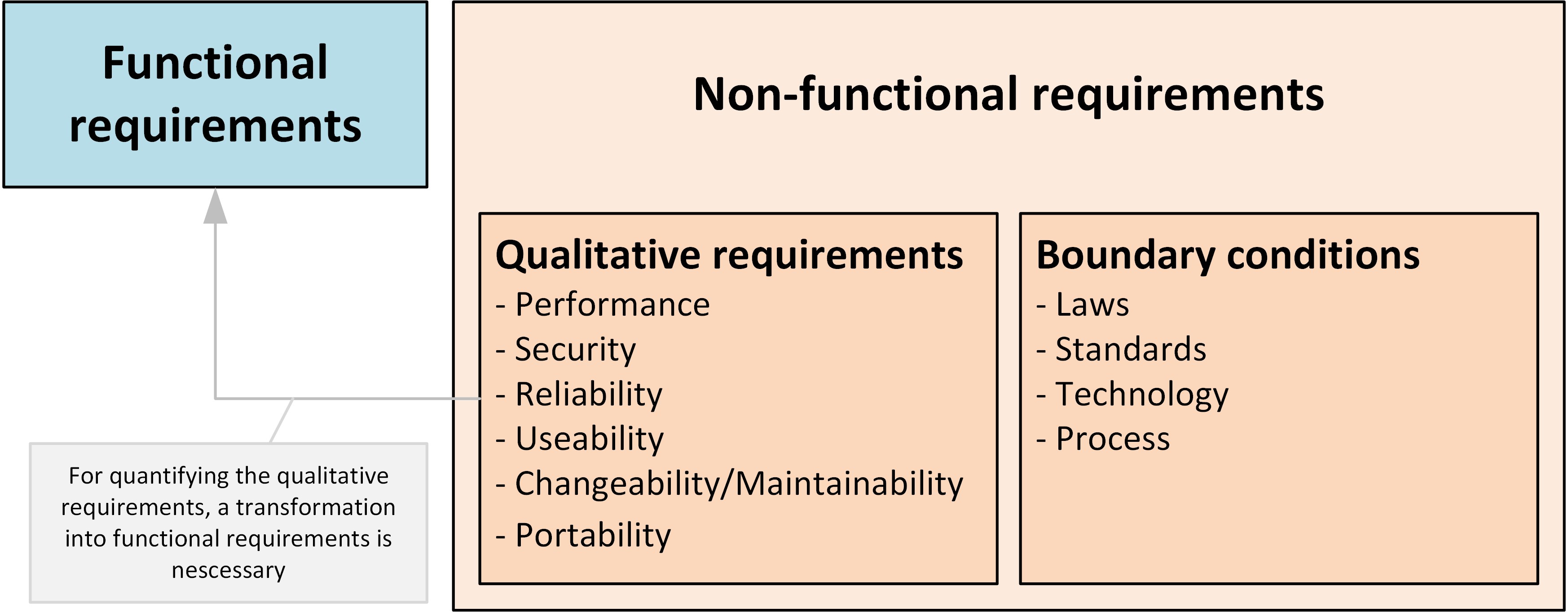



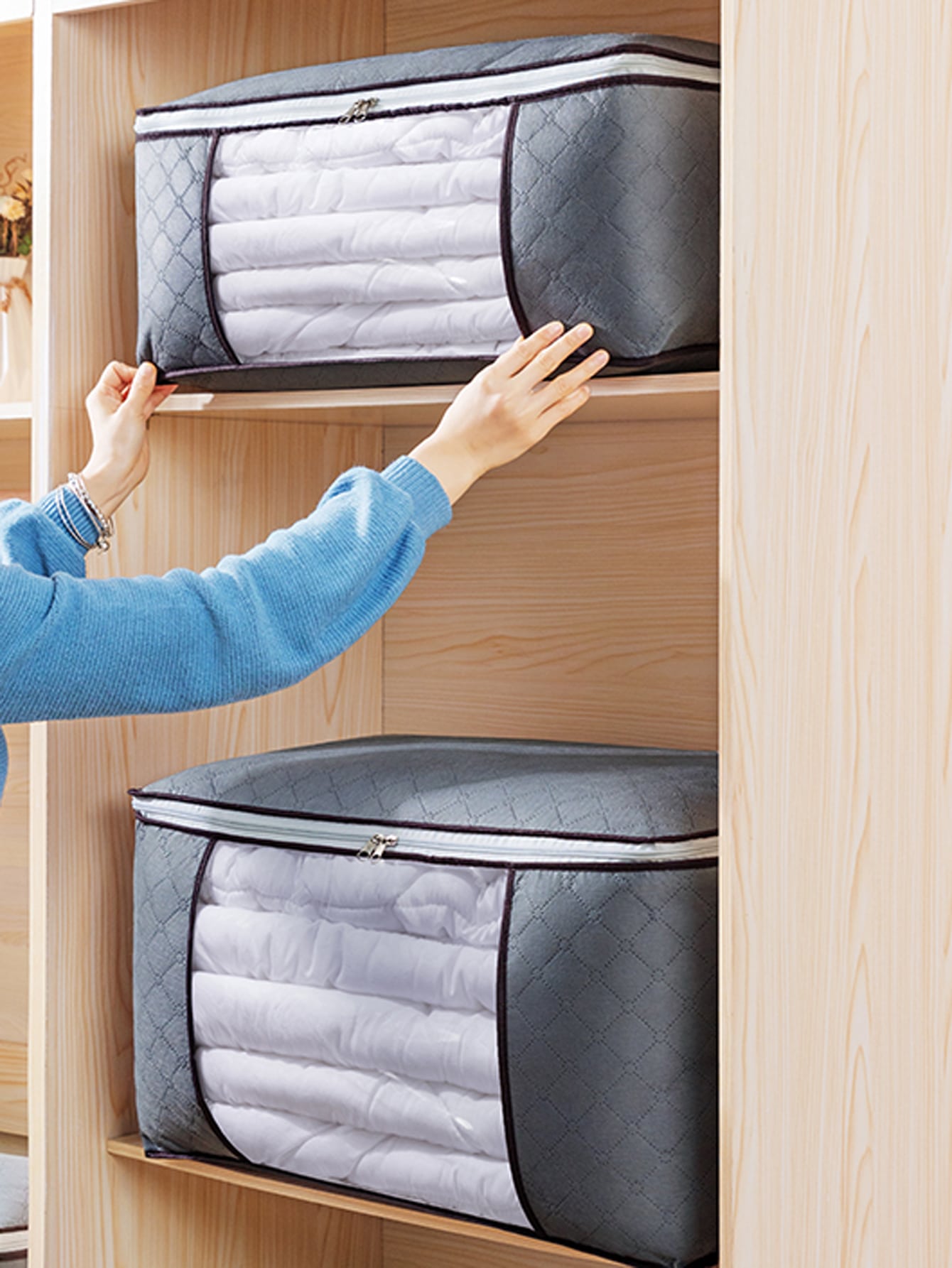


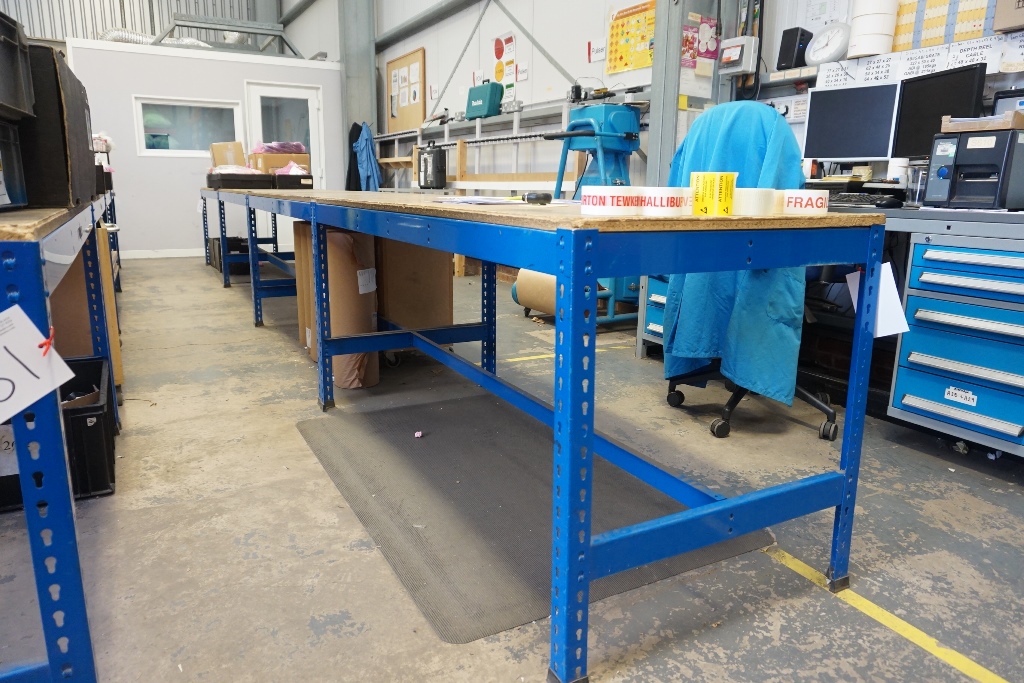

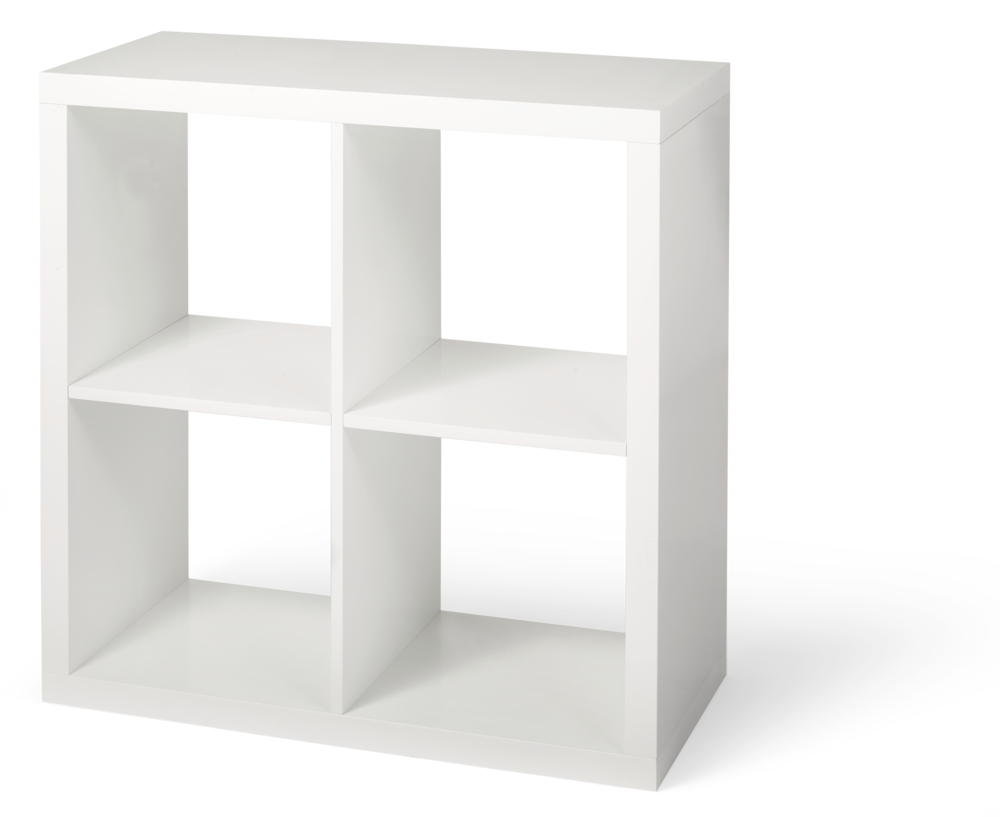

















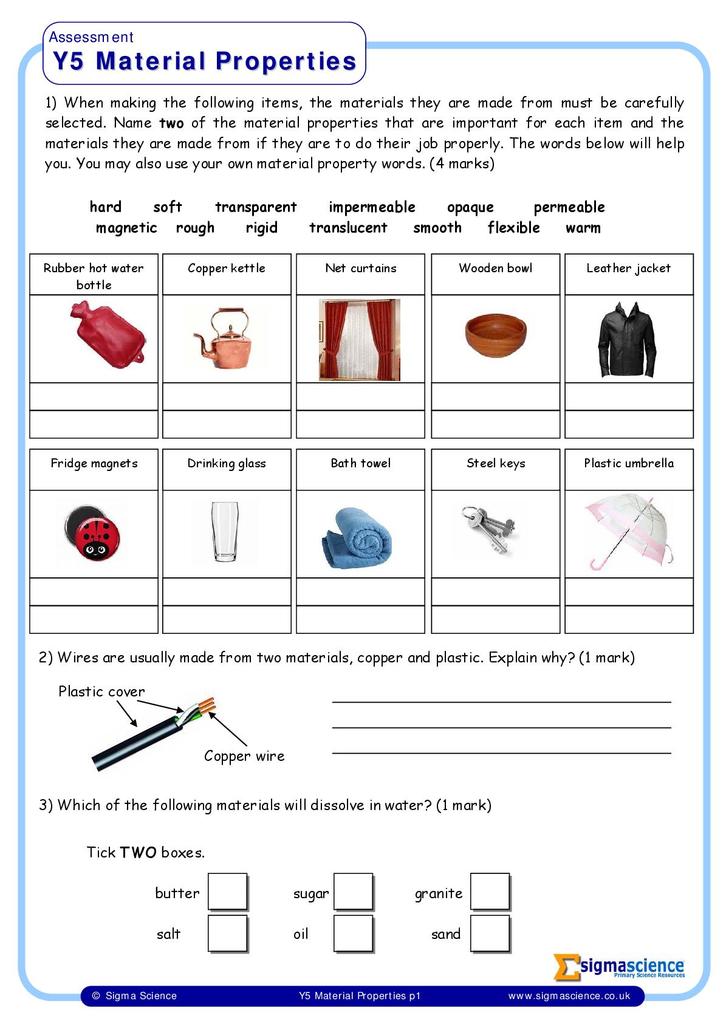



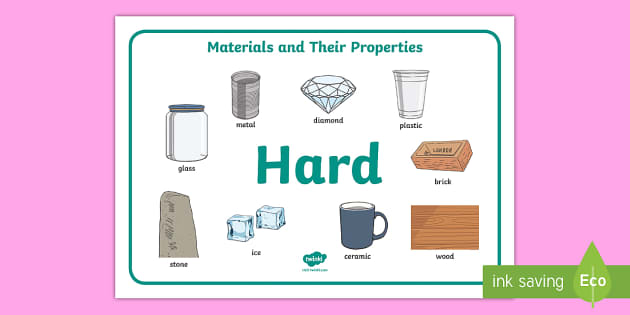


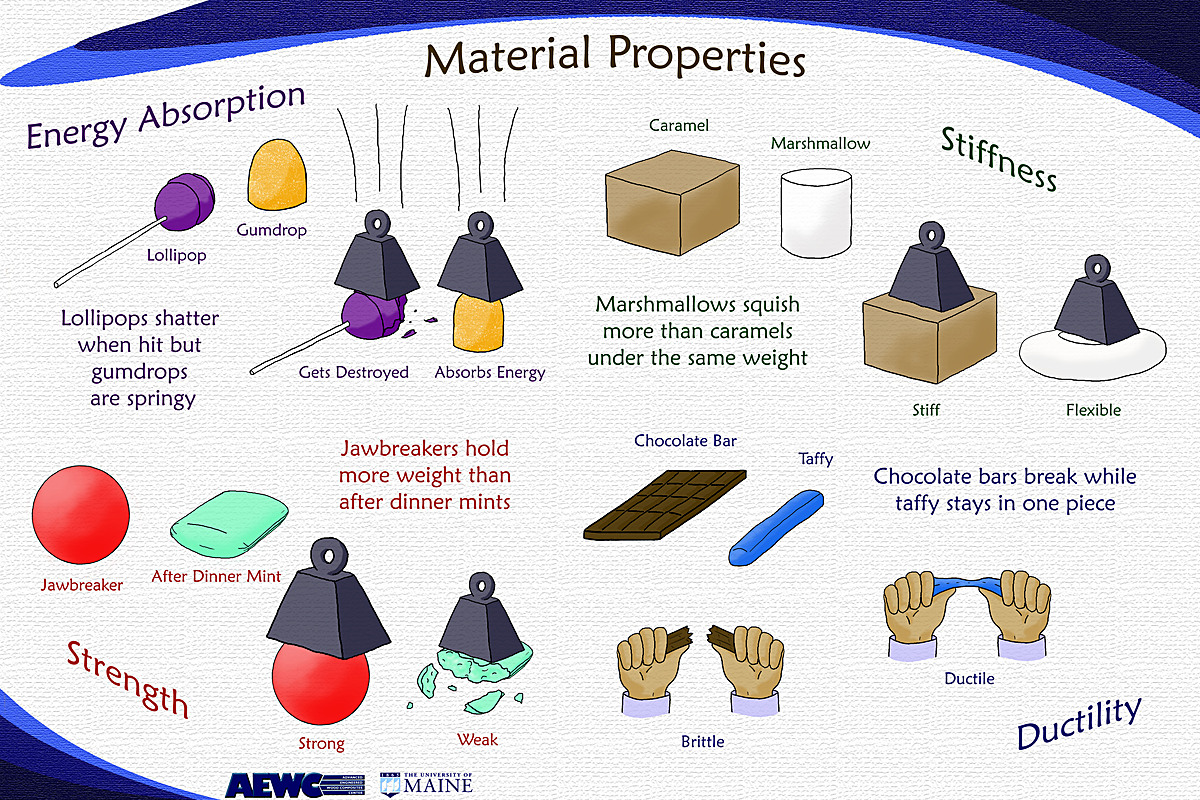
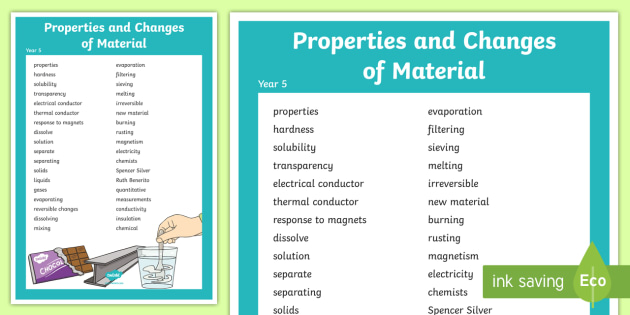






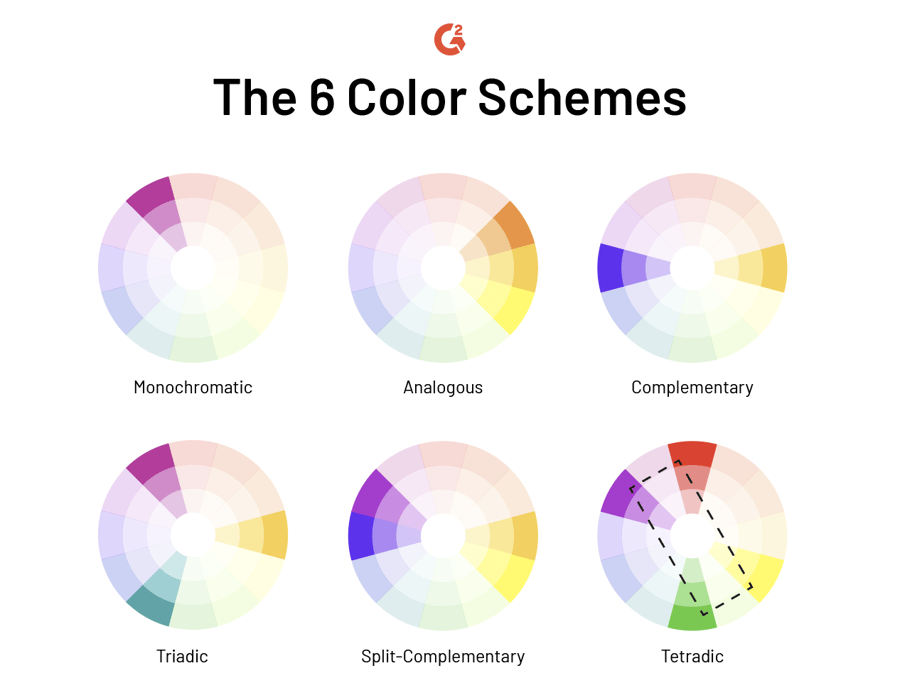



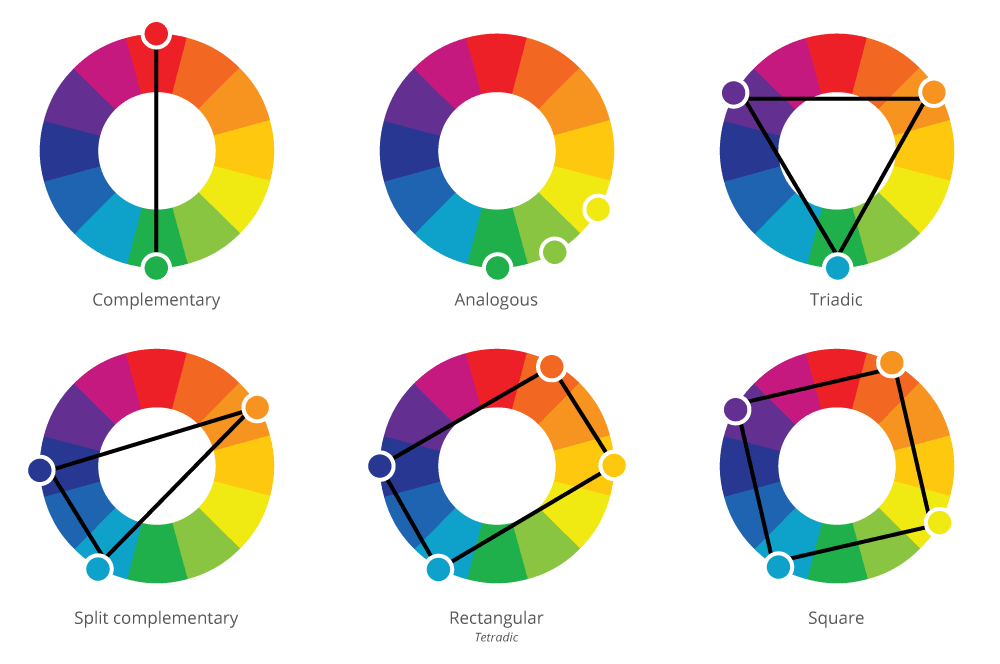
















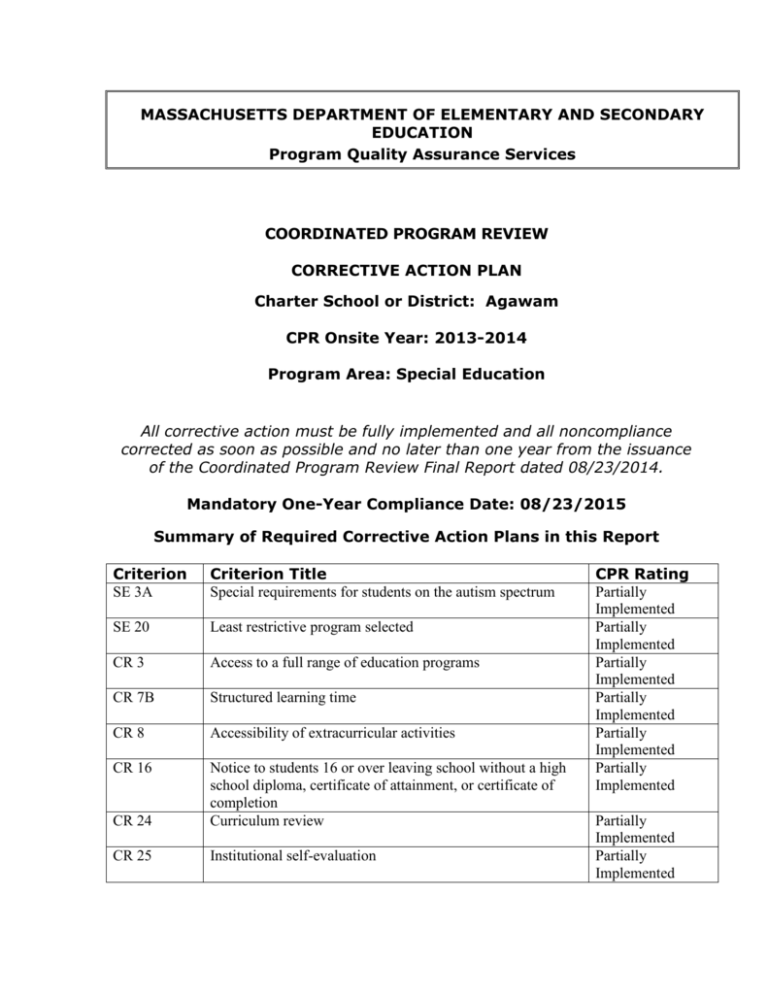







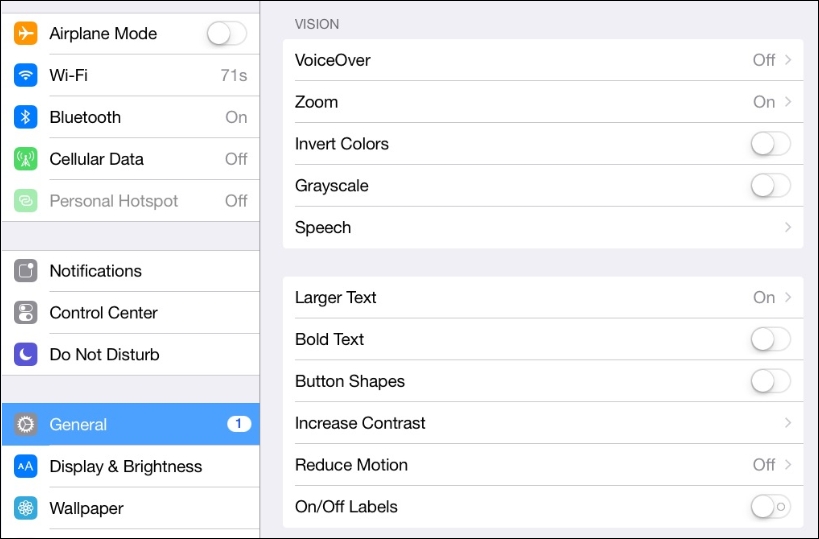



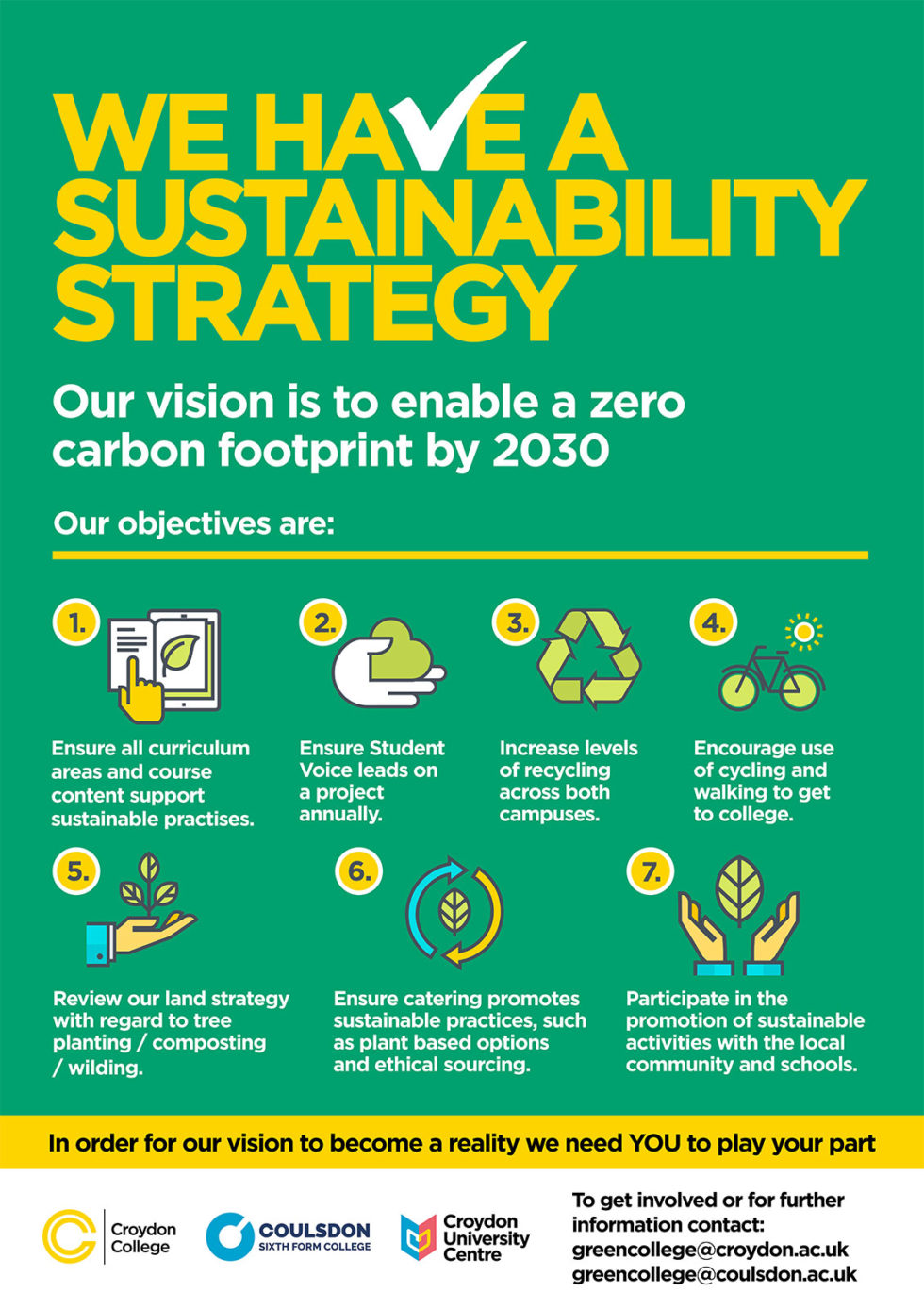

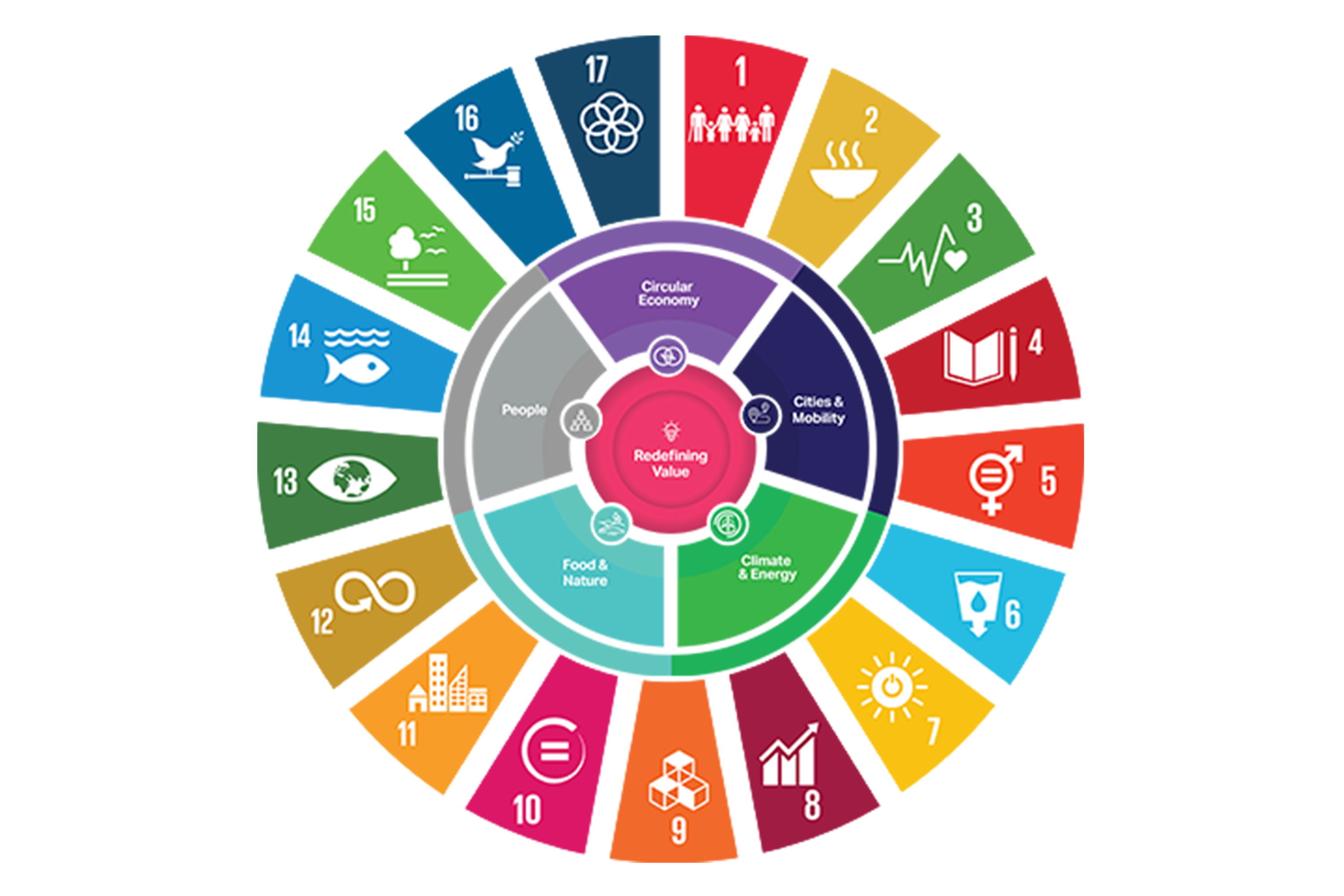



/cdn.vox-cdn.com/uploads/chorus_image/image/61152223/shutterstock_274566236.0.jpg)



/environmental-technology-concept--sustainable-development-goals--sdgs--1271641693-7477c93c22114d0e89926e969bf5286f.jpg)












